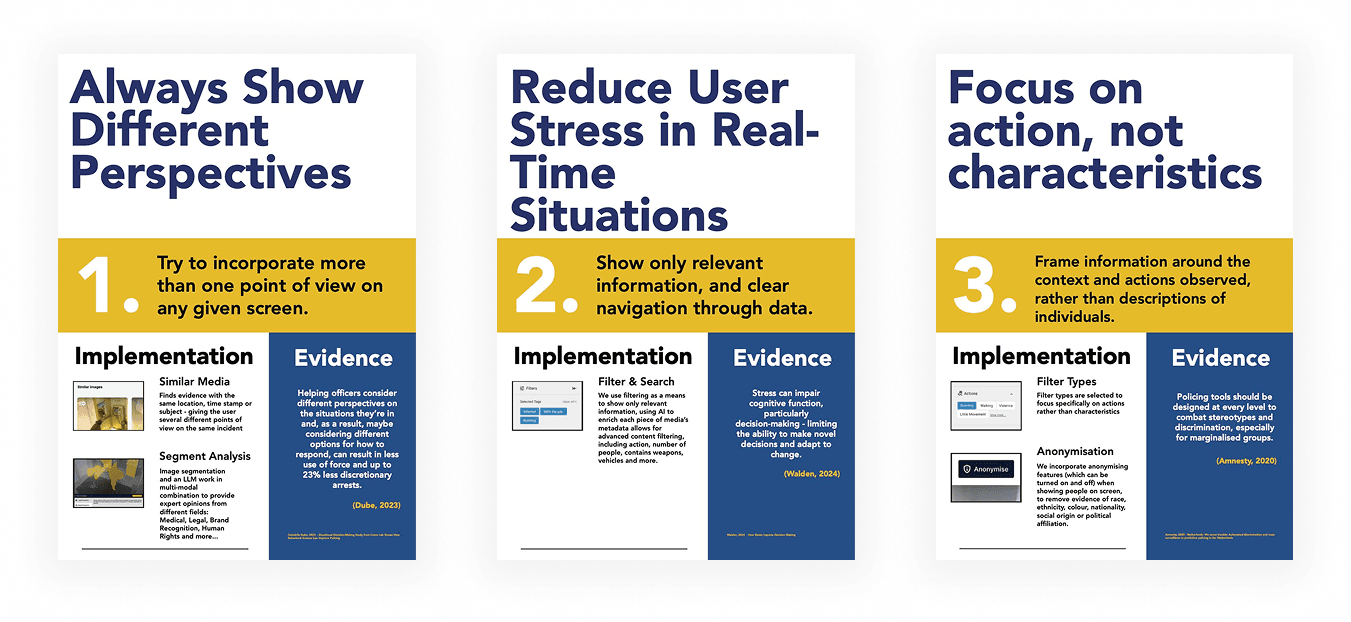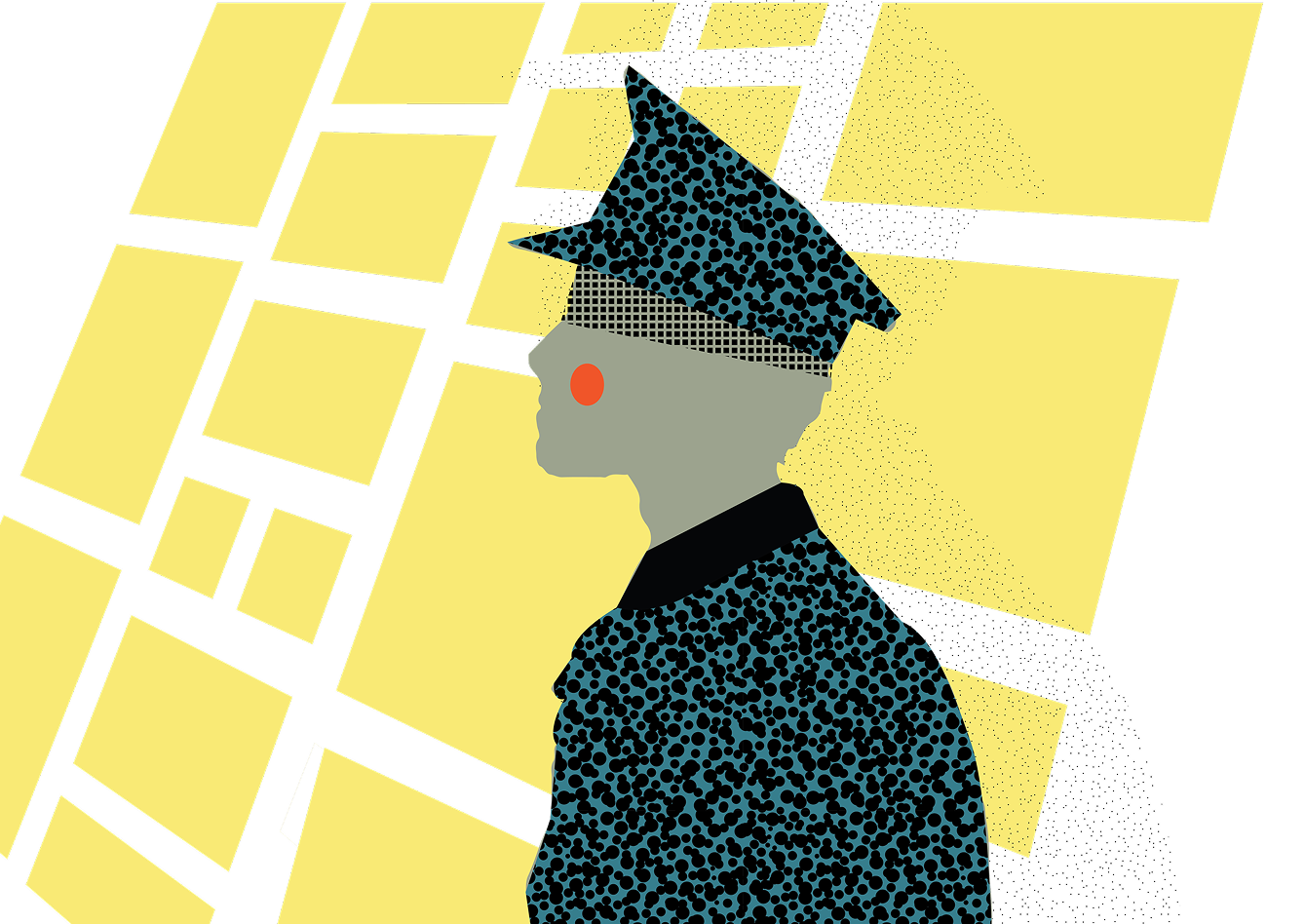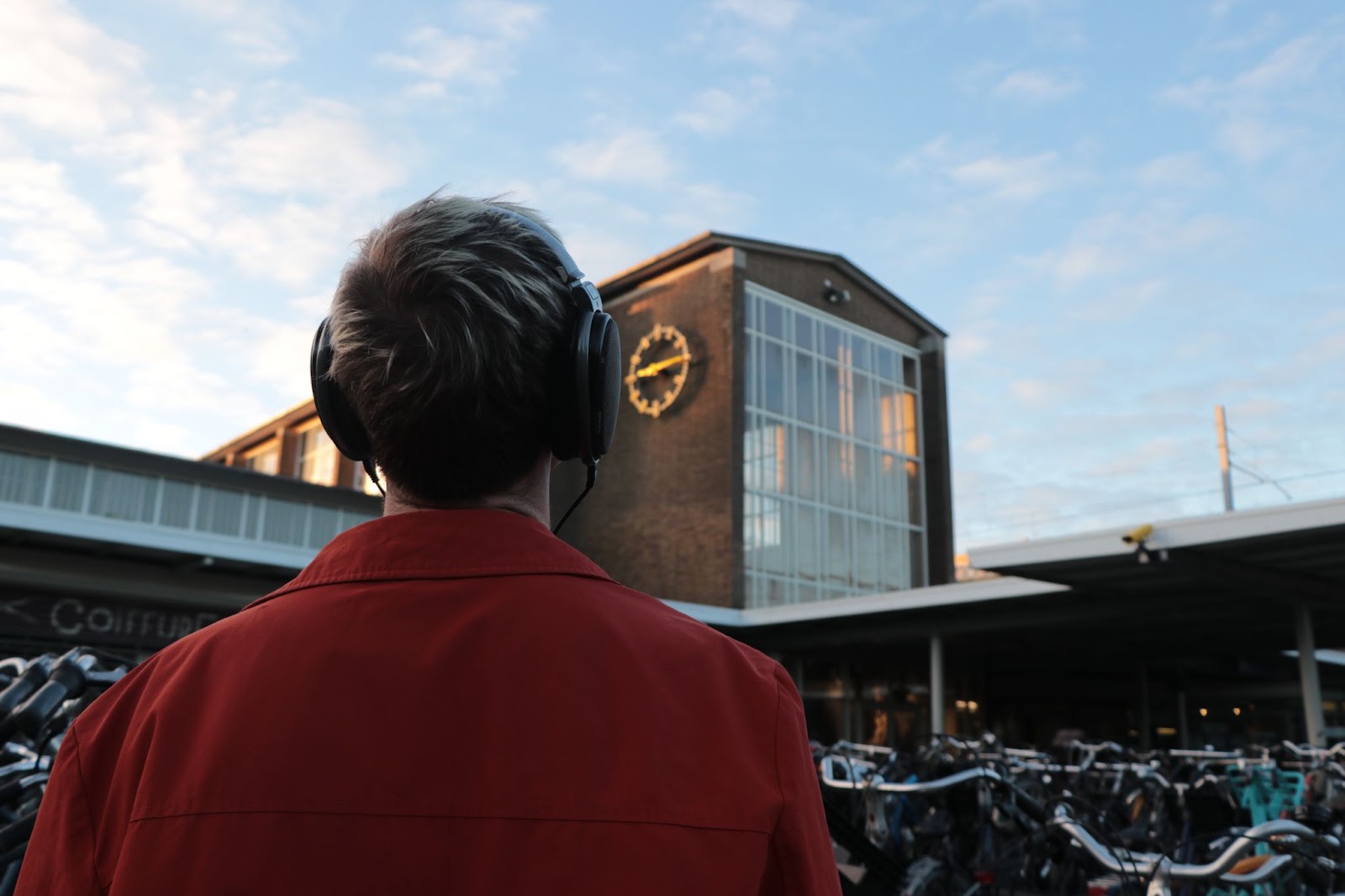Design is inherently political. Inspired by the work of the Delft Design for Values Institute, we explored how designers can use their own values in the design process. We experimented with uncovering and codifying our values and the values of our client - aiming to generalise our process for others.
Concept & Ideation
What if we could design for equity? How might we make outcomes more equal, especially for those over-represented in police statistics? We designed an anonymisation algorithm for police audio evidence, transforming recordings to remove identifying features (such as gender, race, and religion), but found that this could make evidence less useful for police. If we wanted to continue our collaboration, balancing designer values with client needs was key.

Audio Demos:
Original sample before processing
Post-processed sample
The first sample is the original audio, which was processed using a GPT model to generate anonymised text. The final result was produced with a text-to-speech model finetuned to the input voice, demonstrating how identifying features can be removed while retaining intelligibility.
Design principles
Reevaluating the project goals, we took a Value-Sensitive Design (VSD) approach. This involved holding a workshop to uncover our most important values, and revisiting our client interview transcript to thematically analyse the transcripts through the lens of client values rather than feature requests.

This resulted in three design principles, that we made into posters, and referred to during each conversation involving ideation, design decisions and prioritisation.

Final Design & Evaluation

We then worked closely with the organisation to make a design that fulfilled their brief, consciously integrating the designers' values by prioritising features that met the criteria outlined in the design principles. Features like anonymisation, contextualisation, and reducing user stress ran throughout the app.

We evaluated features with a police officer, creating a 'report card' to see how well our design met each criterion.

Reflection
Value-sensitive design is a large field of study, and there are many methods suggested to increase value sensitivity in the design process. Often value sensitivity can be de-prioritised due to resource pressure on design teams—but ignoring values risks a breakdown of the relationship between a designer and a client. This project suggested two actionable ways that values can be brought into the design process: both in making design principles and in design evaluation, but this approach still had limitations. The values identified were often framed in broad or abstract terms, and their practical implications were not always clear to stakeholders. Next time, more emphasis should be placed on engaging users earlier and more consistently throughout the process, not just in reflection, to avoid retrofitting values after key design decisions have already been made.


